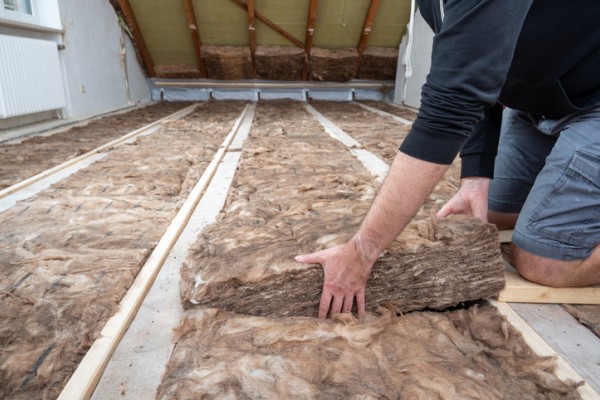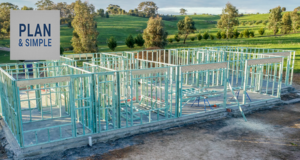
Insulation is a key component of any Australian home, helping to improve energy efficiency, reduce heating and cooling costs and create a more comfortable living environment. Under the National Construction Code (NCC) (formerly known as the Building Code of Australia (BCA)), there are clear requirements for how much insulation is needed based on where you live, how your home is built, and the materials you use.
Follow this link to a guide that outlines the current insulation requirements under the NCC in 2025 and what you should consider when renovating or building a new home in Australia.





